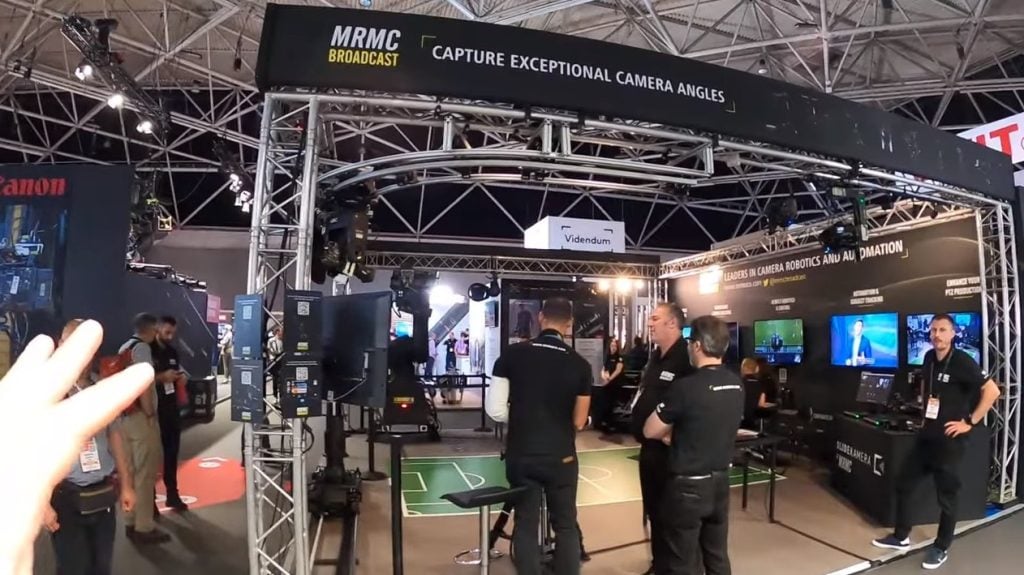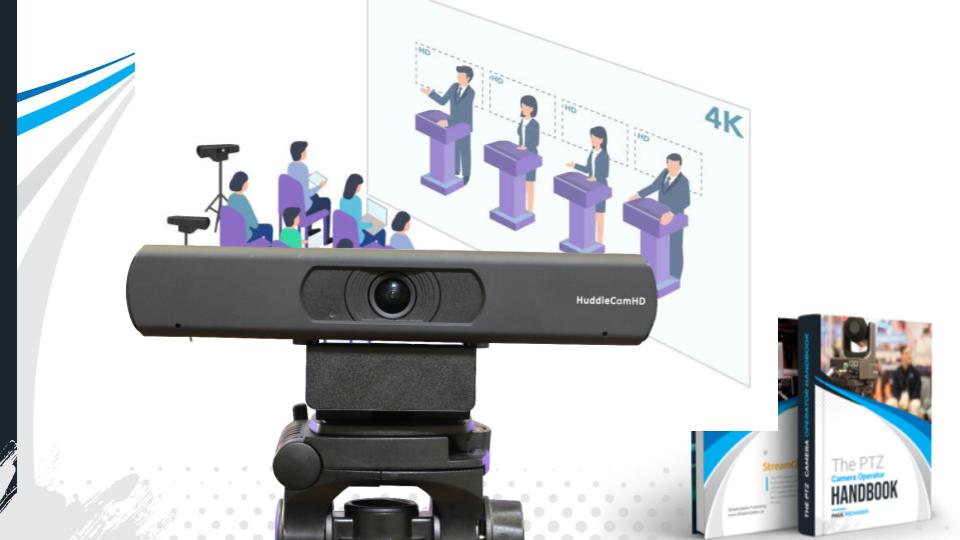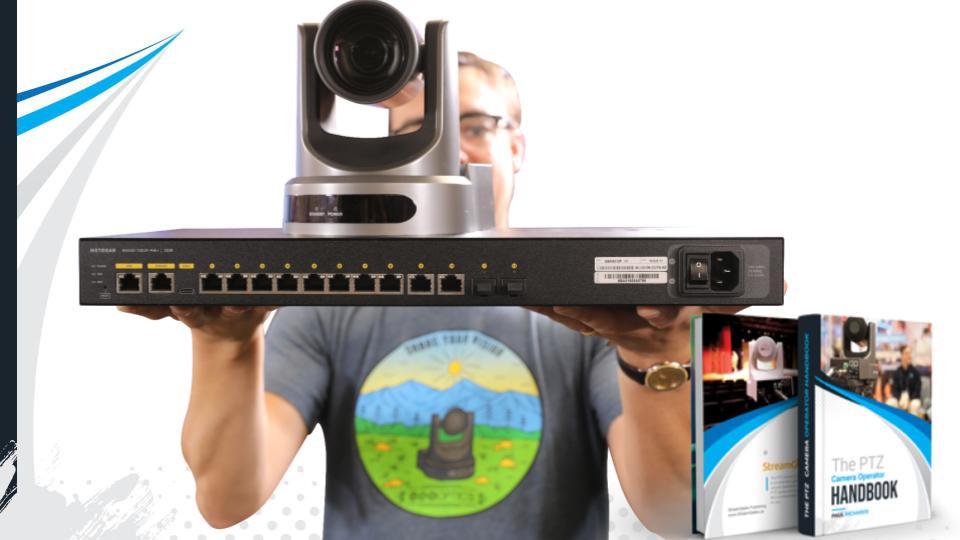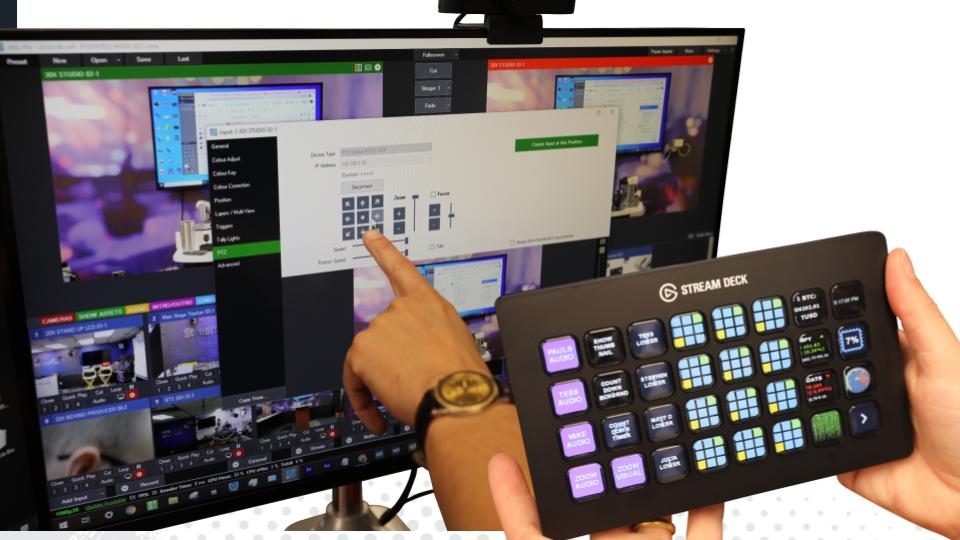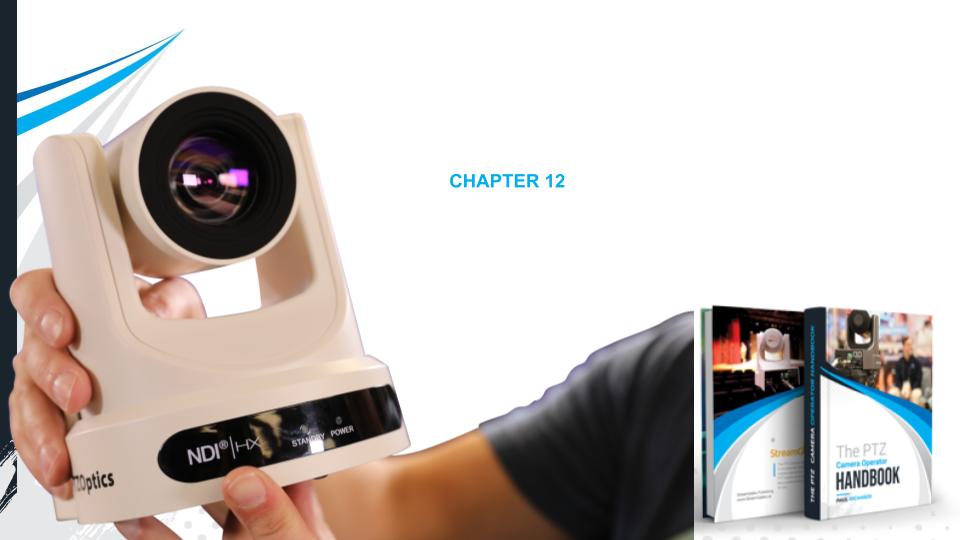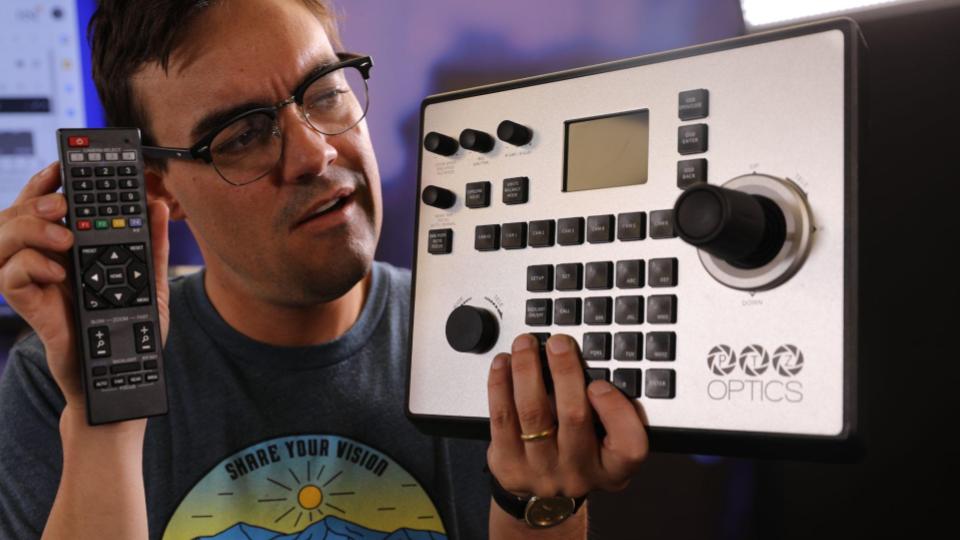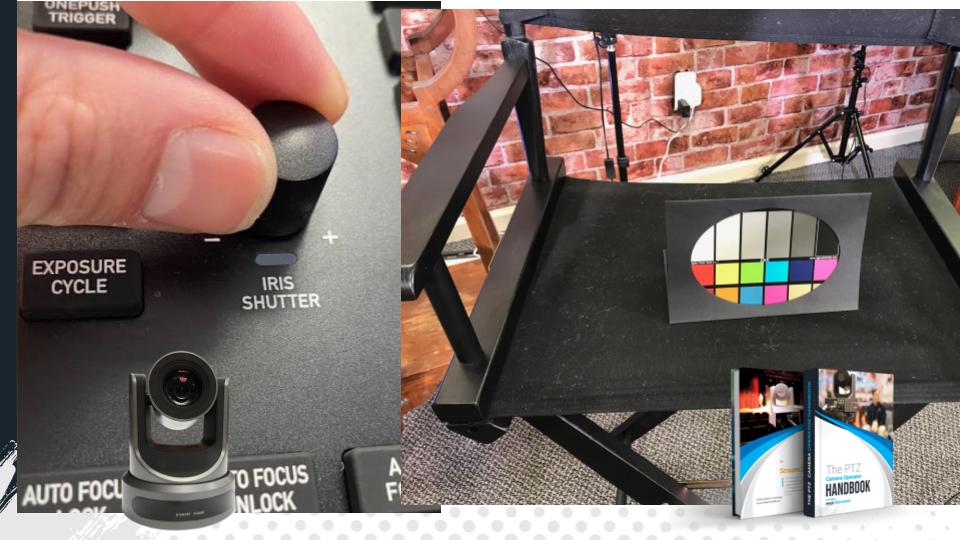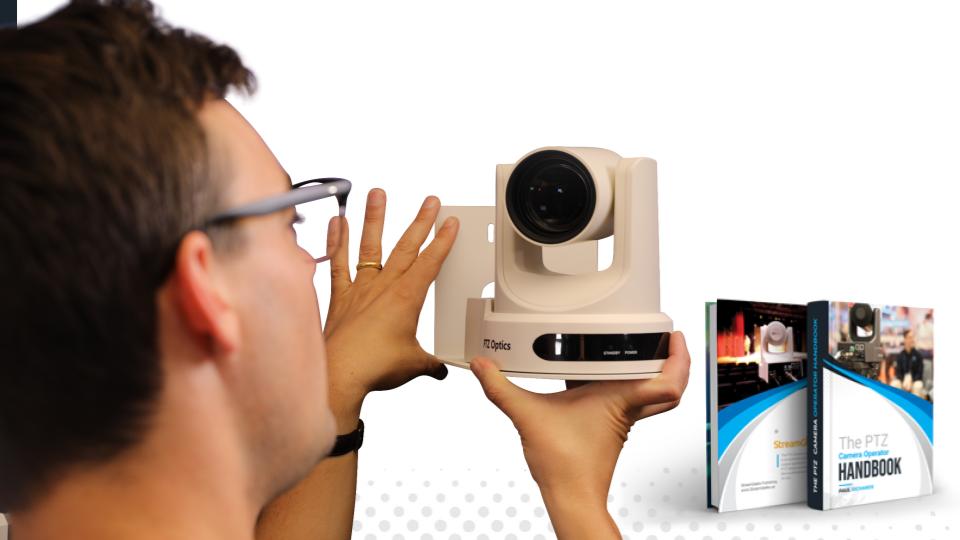PTZ Cameras
Page: 2
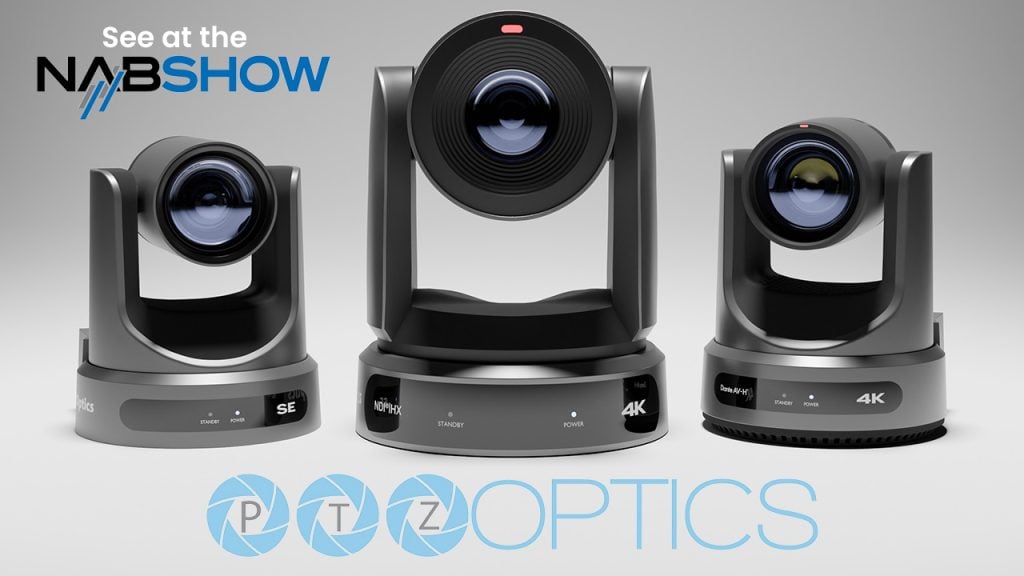
PTZOptics Expands Its Offerings with the Cost-Effective Move SE Series and Dante AV-H-Ready Link Camera Series PTZOptics has been making a name for itself in the live streaming industry with the introduction of its Move PTZ camera series, which includes the high-performance Move 4K cameras. These cameras have successfully replaced the well-received PTZOptics Gen 2 […]
Finding the best auto-tracking camera Over the past few years, pan, tilt, and zoom (PTZ) cameras have become popular in audio-visual systems around the world. PTZ cameras are different from regular manually controlled cameras because they feature robotic control which gives users the ability to remotely control operations such as pan, tilt, and zoom. This […]
MRMC is a company known for its innovative and advanced camera robotics systems. This year, they are debuting a new robotic camera system that is sure to amaze visitors at the IBC show. This system offers 360-degree panning, tilting, and zooming, and can also be programmed to track moving objects. It is the perfect solution […]
Electronic PTZ (ePTZ) uses the technology of digital zoom to provide PTZ-like features on a fixed (non-PTZ) camera. Digital zoom works by simply magnifying pixels to focus only on a portion of the entire camera image at any given time, and magnifying it to fill the entire frame. Since you are only viewing a portion […]
If networking is totally new for you, don’t worry. You likely have a network in your home or office that you can use as a reference to understand this technology. The reason why a network is important to PTZ camera operators is that it can be used for IP video and IP camera control. A […]
Robots were meant to be controlled by humans. Robotic cameras are no different. With the latest advancements in PTZ camera technology, you can effectively automate many PTZ camera movements with no need for manual camera control. Automated PTZ Camera Controls There are a variety of ways to trigger a PTZ preset to go off automatically […]
Robotic control of PTZ cameras continues to improve all the time, so remain connected with the manufacturer of your PTZ camera to receive information about the latest firmware updates. New firmware updates can unlock new capabilities inside of your camera that can increase the capabilities of your device. In this chapter, you will learn about […]
It’s finally time to discuss the art of PTZ camera operations. In many ways, PTZ camera operations follow the same basic principles as camera operators have always done. In this chapter, you will learn about shot composition, viewer perspectives, and camera movement from the viewpoint of a remote camera operator. Pan: A panning motion is […]
Every PTZ camera operator should be concerned with getting the best possible picture from their cameras. This is done, in part, by adjusting the camera’s exposure and additional settings to adjust the picture quality. As a PTZ camera operator, you should know your camera and communicate with your team about basic parameters. An ideal starting […]
One of the big values of PTZ cameras is their size compared to traditional over-the-shoulder broadcast cameras. Large broadcast cameras generally require tripods and even platforms in production spaces. Each traditional broadcast camera not only takes up a large amount of space, but also requires a cameraman. With PTZ cameras, a single camera operator can […]
